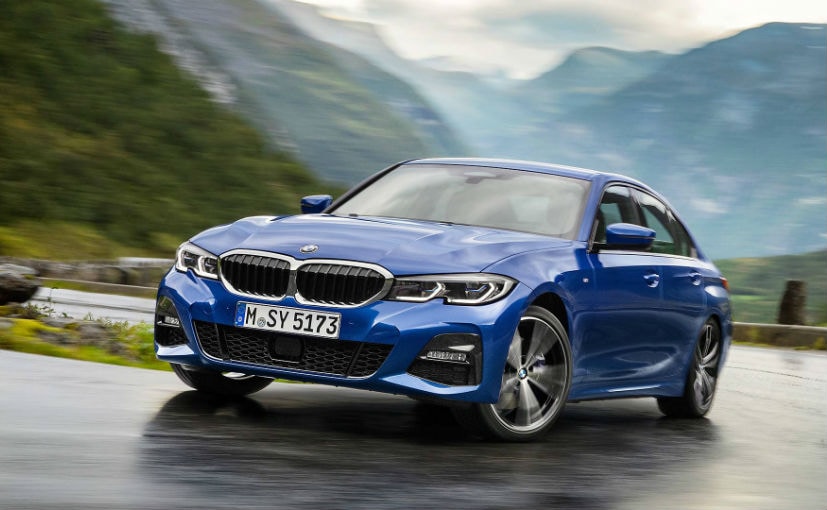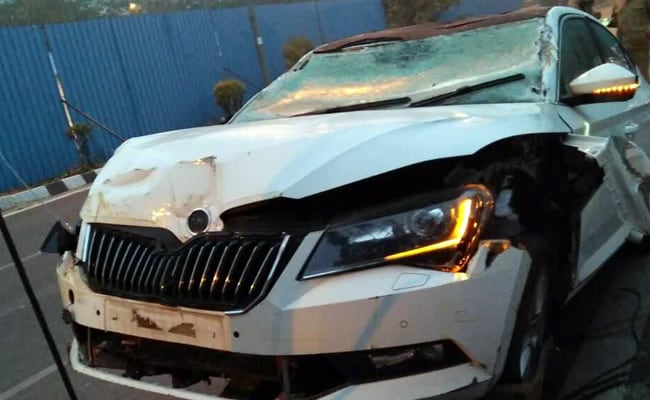Road Safety Month 2021: 5 Road Safety Rules You Should Know About

Highlights
- Wearing a seatbelt and helmet at the back have always been mandated
- Driving under influence is a strict no and needs stricter actions
- The National Road Safety Month is between January18 - February 17, 2021
As the motor vehicle population increases on Indian roads, so does the risk of accidents, crashes, and deaths. While the latter is an eventuality, we can certainly avoid an untimely death caused by vehicular accidents. Sadly, road traffic rules aren't as strict as needed in India, and we have the highest rate of fatalities when it comes to road accidents. That's a statistic that needs to change. So, it's is important that we discuss road safety time and again and when better than the National Road Safety Month (January 18 - February 17). In light of the same, here are five road safety rules that you should know about and must absolutely follow.
Also Read: Road Safety Month 2021: Importance Of Riding Gear When On A Two-Wheeler

Seatbelts in the second row have always been mandatory under the MVA but not strictly implemented by the authorities so far in India
1. Seatbelts and Helmets at the back are mandatory
It's taken a long time for India to adopt seatbelts in the front seats. Even then we still hear about cases where the occupant wasn't wearing a seatbelt at the time of the crash. However, did you know that seatbelts at the back have been just as mandatory under the Motor Vehicles Act of 1988 and Central Motor Vehicles Rules 1989? It's a different thing that traffic officials did seldom fine you for not wearing one. Nevertheless, the Delhi Police has become one of the first institutions to do so, and now, not wearing a seatbelt in the second row will attract a fine of up to Rs. 1,000 in the national capital. Similarly, the MVA rules have always mandated helmets for the pillion on a two-wheeler. However, implementation of the rule has not been commonly seen. Nevertheless, cities like Bengaluru already have this rule in place and the city does it quite seriously. And in case you don't remember, master blaster Sachin Tendulkar has been advocating it for ages now.
Also Read: Watch: Sachin Tendulkar Requests Motorcyclists To Wear Helmets

Traffic movement at an intersection can be confusing, so always remember to give the right of way to the vehicle proceeding along the road | Photo Credit: Altago
2. Right of Way
Another rule that's often overlooked on Indian roads is who gets the right of way at an intersection. At locations that aren't being regulated by a signal or a traffic official, it is important that you stay extra vigilant to avoid accidents. As a rule, if the road entered at an intersection is the main road, always give way to the vehicles proceeding along the road. In other cases, give way to all traffic approaching the intersection on the right hand. Also remember, pedestrians have the right of way at uncontrolled pedestrian crossings. In simpler terms, it is the responsibility of the driver to avoid the pedestrian on the road at all times.

Public roads aren't meant to used as test tracks. Take your car to a racetrack if you are looking to explore its limits
3. Speed Thrills? Take it to the track
Road rage unfortunately is a big problem, more than people realise, and often leads to deaths at the hands of inexperienced drivers. Public roads aren't racing tracks and not the place where you choose to test the abilities of your vehicle that's clearly designed for more road-oriented duties. Under the Motor Vehicle Act, violators will be charged up to Rs. 5,000 as a fine for racing and speed-testing and could also be imprisoned up to one year in case of a first offense. A second offense will attract a fine of Rs. 10,000 and/or imprisonment of up to six months. Similarly, overspeeding is punishable up to Rs. 2,000, while rash driving can attract a fine between Rs. 1,000-5,000 on light motor vehicles.

The dual white stripes are the stop lines right before the zebra crossing at a traffic signal
4. Look for Stop Lines
With traffic cameras getting more common in cities and developed parts of the country, it's important that you vary of stopping behind the Stop Lines. The stop lines are double white stripes followed by the zebra crossing at a traffic signal. Should you stop after the line, it will attract a fine of up to Rs. 100 under the 113(1)/177 section of the motor vehicle rules. Before you know it, multiple fines have accumulated online. In case of non-payment of fines, the traffic officials are well within their rights to confiscate the vehicle till the fines are paid. So, the next time you arrive at a signal, make sure you check and stop 'behind' the white line.
Also Read: 2019 Motor Vehicle Amendment Bill: All You Need To Know

When driving under influence, you not only risk your life but everyone else on the road as well
5. Either Drink or Drive
We can't stress enough but driving under influence is a strict no. This isn't just about your life but also of the pedestrians on the road. If the time has taught us anything, even the footpaths aren't safe if the steering wheel is in the hands of a drunk driver. So, don't be that person. Apart from the fact that you will be charged with culpable homicide not amounting to murder under IPC Section 304, should someone die; the Motor Vehicles Act 1988 pretty much has this covered. Under section 185-202, the permissible limit of alcohol allowed is 30 mg per 100 ml. Anything beyond this figure can get you arrested without the need for a warrant. You will be fined up to Rs. 10,000 and/or imprisoned for up to six months for the first offense, while the punishment will increase to Rs. 15,000 or two years of imprisonment in case of the second offense. To put it simply, it's not worth the effort and best to hire a cab or ask someone else to drive.
Last Updated on January 19, 2021









